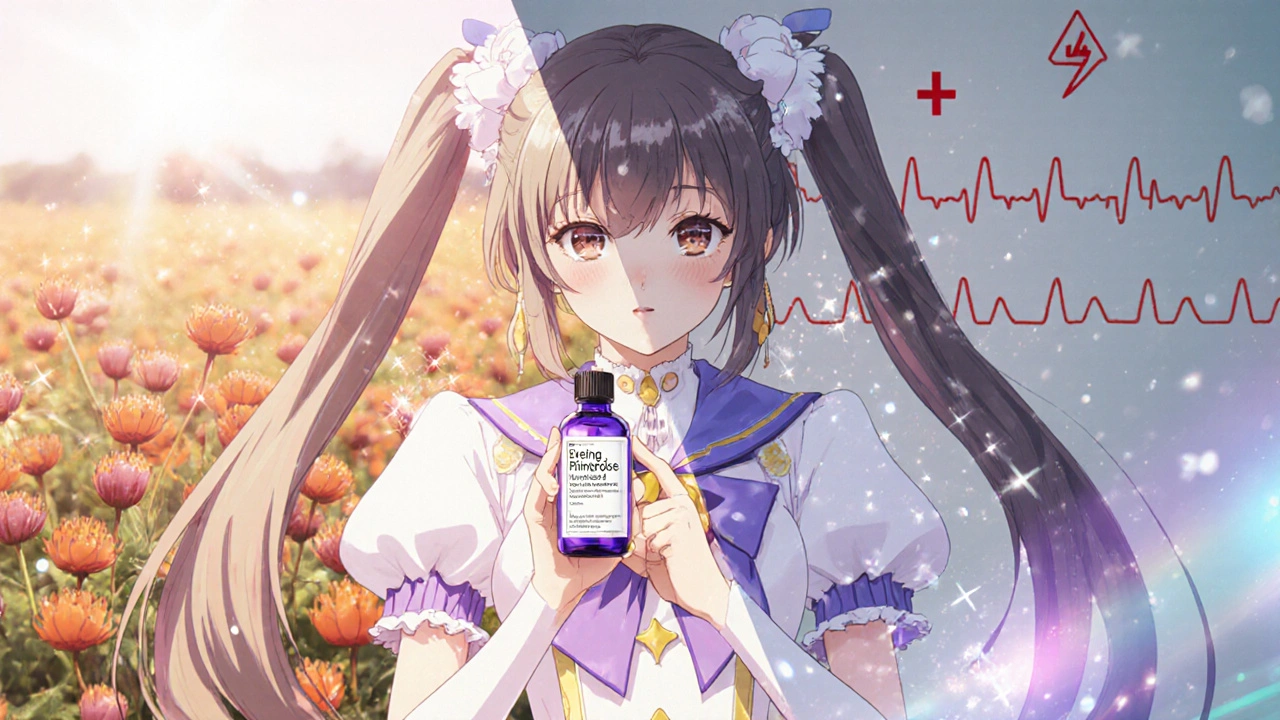Supplement Safety: What You Need to Know
When working with Supplement Safety, the practice of ensuring that vitamins, minerals, herbs, and other over‑the‑counter products are used without causing harm. Also known as supplement safety, it helps protect health while letting you benefit from extra nutrients, you quickly realize it’s more than a checklist. A solid supplement safety plan starts with understanding the product itself, the possible adverse effect, any unwanted reaction that can range from mild stomach upset to serious organ damage, and how it might interact with other drugs, changing the way medicines work and sometimes creating dangerous spikes or drops in blood levels. Add to that the role of regulatory oversight, the set of rules and agencies that monitor product claims, labeling, and manufacturing standards, and you have a full picture of why safety matters.
Key Pieces of the Puzzle
First, think of any dietary supplement, a product taken orally that adds nutrients, herbs, or other substances to the diet as a piece of a larger health plan. The supplement’s ingredient list should be transparent, and the manufacturer should provide evidence—often from clinical trials, controlled studies that test safety and effectiveness in people or at least reputable third‑party testing. Without that, you’re betting on marketing hype. Next, monitor for adverse effects, signs like headaches, skin rashes, digestive upset, or more severe symptoms that appear after starting a new product. Keep a short diary: note the supplement, dose, timing, and any new symptoms. Spotting patterns early can prevent escalation. Then, ask whether the supplement could interact with other drugs, by affecting metabolism enzymes or altering absorption pathways. For example, St. John’s Wort is known to speed up the breakdown of many prescription meds, reducing their effectiveness. A quick chat with a pharmacist or a look‑up in a reliable interaction database can save you from a costly mistake. Finally, understand what regulatory oversight does for you. In many countries, supplements are not required to prove efficacy before hitting shelves, but they must follow good manufacturing practices and avoid false claims. Agencies like the FDA (U.S.) or EFSA (EU) can issue warnings or recalls if a product is found unsafe. Checking the agency’s website for recent alerts helps you stay ahead of trouble. These four elements—product clarity, adverse‑effect tracking, drug‑interaction checks, and regulatory awareness—form a simple yet powerful framework. When you apply them, you turn a vague “take this pill” into a thoughtful health decision.
Below you’ll find a curated set of articles that dive deeper into each of these areas. From comparing popular supplements to spotlighting hidden side‑effects, the collection gives you practical tools to evaluate safety, choose wisely, and protect your well‑being.
Evening Primrose Oil, Seizure Risk & Antipsychotic Interactions
Explore how evening primrose oil affects seizure risk, especially when combined with antipsychotics, and get clear, evidence‑based guidance.
About
Nutrition and Supplements
Latest Posts


How to Buy Online Cheap Generic Metformin Safely
By Marcel Kornblum Sep 25, 2025

Nail Disorders: How to Tell Fungal Infections Apart from Psoriatic Changes
By Marcel Kornblum Nov 29, 2025

Canada Pharmacy Link Alternatives: Top Options You Should Know
By Marcel Kornblum Mar 22, 2025

